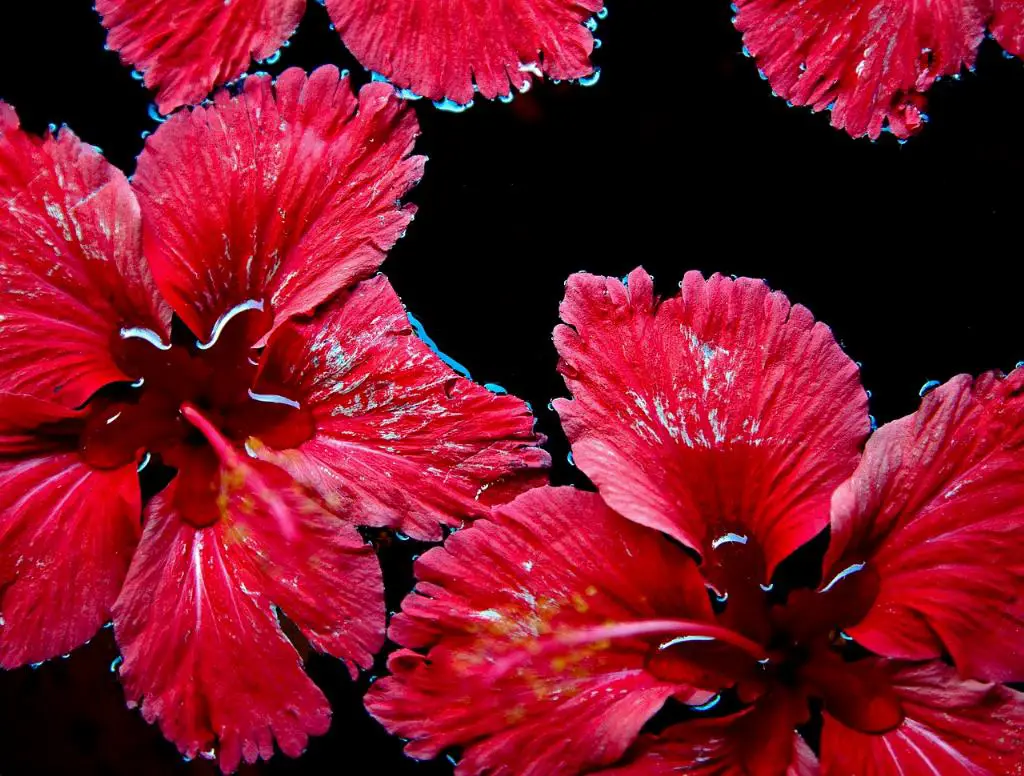Yellowing hibiscus leaves can be a worrisome sight for plant enthusiasts, signaling underlying issues that need to be addressed promptly. It is crucial to understand the reasons behind this common problem to ensure the health and vitality of your hibiscus plants. In this article, we will explore the common causes of yellow hibiscus leaves, how to identify the symptoms, preventive measures, and treatment options to help your prized plants thrive.
Common Causes of Yellow Hibiscus Leaves
Several factors can lead to the yellowing of hibiscus leaves, ranging from environmental conditions to pest infestations. Inadequate sunlight exposure, overwatering, nutrient deficiencies, pest infestations, and temperature stress are among the primary culprits.
One essential point to note is that both overwatering and underwatering can result in yellow leaves. Tropical hibiscus plants are particularly thirsty, especially in hot weather and windy locations. For container-grown hibiscus, keeping the soil consistently moist is crucial for their healthy growth.
How to Identify Yellowing Hibiscus Leaves
Identifying yellowing hibiscus leaves involves examining various aspects of the plant. Check the color and texture of the leaves, their placement on the plant, signs of pests or diseases, and the surrounding environmental conditions. Observing these factors can help pinpoint the specific cause of the yellowing leaves.
When assessing the leaves, look for discoloration, wilting, or unusual spots that could indicate stress or nutrient deficiencies. Also, consider if the plant is receiving adequate sunlight and whether the watering schedule is appropriate for its needs.
Preventive Measures for Yellow Hibiscus Leaves
To prevent hibiscus leaves from turning yellow, it is essential to take proactive measures. Adjusting sunlight exposure, maintaining proper watering practices, fertilizing to provide necessary nutrients, implementing pest control strategies, and ensuring optimal temperature conditions are key preventive steps.
By adjusting these factors according to your hibiscus plant’s specific requirements, you can create an environment that promotes healthy growth and minimizes the risk of leaf yellowing. Regular monitoring and adjustments can help maintain vibrant green leaves on your hibiscus plants.

Treatment Options for Yellow Hibiscus Leaves
When faced with yellowing hibiscus leaves, there are several treatment options to consider. Pruning affected leaves, applying targeted fertilizers or supplements, using organic pest control methods, adjusting the watering schedule, and seeking advice from a horticulturist for severe cases are effective ways to address the issue.
Tailoring the treatment to the underlying cause of the yellowing leaves is crucial for successful recovery. By taking swift action and providing the necessary care, you can help your hibiscus plants regain their health and beauty.
In conclusion, addressing yellowing hibiscus leaves promptly and effectively is vital for the overall well-being of your plants. By understanding the common causes, symptoms, preventive measures, and treatment options outlined in this article, you can cultivate thriving hibiscus plants that boast lush green foliage and vibrant blooms. Remember to monitor your plants regularly, provide them with care tailored to their needs, and enjoy the beauty they bring to your garden or indoor space.
